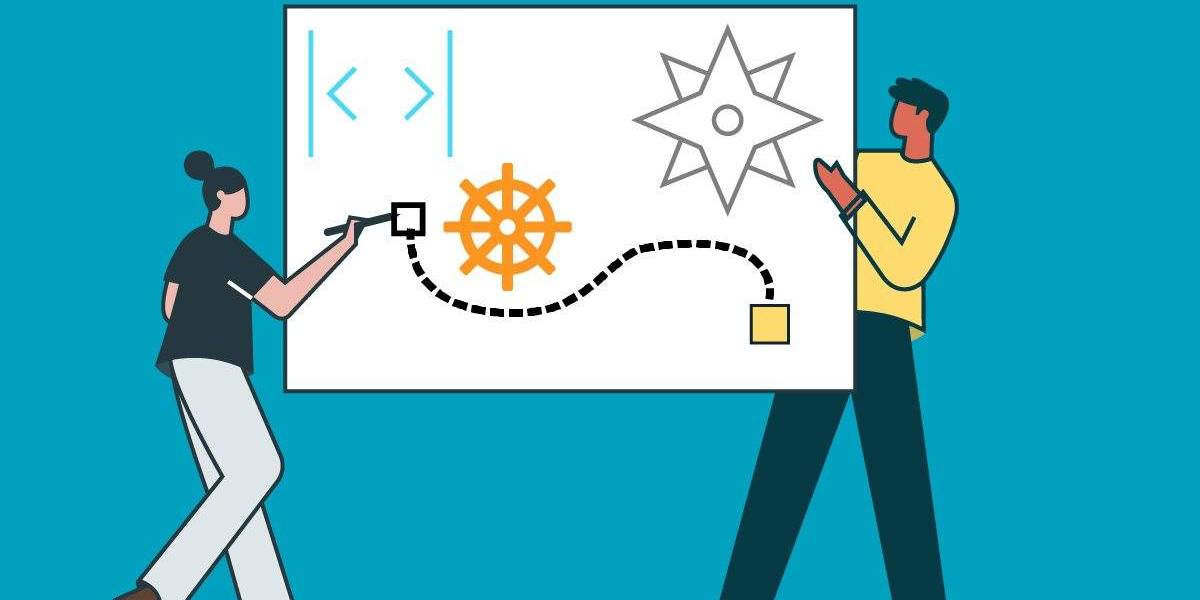How to reduce localization costs with component authoring
In the early 2000s, Iranian company Paxan began selling their line of “snow” laundry detergents to English-speaking markets. Unfortunately, the Farsi word for “snow” translates directly as “barf” in English, and packages of “Barf Soap” were lining store shelves.
As far as localization failures go, Paxan got off easy: their mistake was humorous instead of insulting. Most organizations can’t afford to gamble like that when expanding into new markets, and it’s vital to understand the impacts of good versus bad localization.
In this post, we’re going to cover the following topics:
Localization vs translation
Translation is swapping words from one language to another, and it’s just one part of the localization process.
Localization as a whole is far more involved, taking into account the language, culture and needs of the intended audience. This can affect everything from the wording in a slogan to the visuals in ads, the technology used to share content to the timing of product releases.


What sort of content might change during localization?
International organizations need to consider differing cultural nuances, visual cues and technological requirements during the localization process. This can affect a broad range of information, including:
- Language
- Numeric, date and time formats
- Currency and payment systems
- Tone and sense of humor
- Imagery and color (Don’t use “thumbs up” in Italy or Greece!)
- User interface and keyboard layout
- Collation and sorting (Arabic and Hebrew read right to left)
- Legal requirements
Localization might even require broader shifts within an organization itself, from the way it conducts business in different locales (formally versus informally) to employee culture (prioritizing teamwork versus individual achievement).
Why localization is increasingly important
The importance of comprehensive localization cannot be overstated. Did you know that content has to be in at least nine languages to reach a majority of the global audience?
76% of online shoppers said that they prefer to buy products with information in their native language, according to a 2020 CSA Research report. 40% of those surveyed said that they would never buy from websites in another language.
Users want to interact with content that not only reads easily, but feels familiar. When done well, localization gives organizations the ability to reach audiences on an emotional level, investing in a relationship with the consumer beyond pure information exchange.
How to localize your content
Proper localization should be undetectable by the intended audience. The product or service should feel as though it were created specifically for that market, not just thrown together by a foreign company.
Here are seven tips for achieving seamless localization:
1. Review how the end user will interact with your product from start to finish
- Do your digital sign-up forms impose limitations on the spellings of first and last names? Many cultures use hyphenated surnames, special characters and even numerals in their naming conventions.
- How will your customer be paying? Payment methods are by no means universal. Credit cards aren’t widely used in Germany, for instance, while PayPal doesn’t work in Bangladesh.
2. Think about your localization needs before settling on design
- In many cases, translation alone can completely alter your content design requirements. Translating from English to German, for instance, will expand text by 20-35%. Japanese and Korean characters will expand text vertically.
3. Check all of your graphics for sensitive content
- Don’t assume anything when it comes to graphical symbolism. Each of the following can be misinterpreted and, in some cases, be deeply insulting:
- Hand gestures
- Body parts
- Traffic signs
- Religious symbols
- Animal symbolism, especially when implying personality traits
- Flags meant to indicate particular languages
4. Document your branding practices
- As your organization expands into new markets, a universal style guide is a must to keep your brand messaging aligned. Ask yourself:
- What is the personality of your brand?
- Does your brand have a particular tone of voice?
- Are there any terms or concepts that content creators should push for or avoid?
- Is there a competitor that your organization must always distinguish itself from?
5. Get everyone involved in the localization process
- Localization shouldn’t (and can’t) be an isolated process. Different departments will need to be trained in how to plan for and accommodate localization efforts, including:
- Designers
- Developers
- Marketers
- Project managers
- Business leaders (You don’t want your CEO using the wrong slogan at an event overseas!)
6. Use tools to automate the localization process
- LSPs (language service providers) can streamline the translation and localization process through automation. When combined with an intelligent content management system, such as Author-it, big businesses have seen enormous reductions in errors, costs and time spent.
7. Measure your success (and keep measuring)
- Once you’ve localized and launched your content into a new market, keep a close eye on its performance and the effects on your business.
- How are your SEO rankings for keywords in the new language?
- Are more people making purchases after a localized ad campaign
- Do you get fewer support inquiries after translating your Help page?
Increase efficiency with component authoring
Localizing your entire brand experience, from your website to your business cards, can seem like an impossibly monumental task. But it needn’t be painful if you have the right tools.
A component authoring system, such as Author-it, can vastly reduce costs, errors and time spent on localization. Author-it breaks down your content into components, which are localized just once and then published across multiple outputs, such as web pages and PDFs.
With the component authoring approach, only content that needs to be updated will be altered – not the entire document. Fewer words = lower costs. Period.
To learn more about how component authoring can help you reduce your localization woes, contact Author-it’s team of experts or request a demo.







